Theme

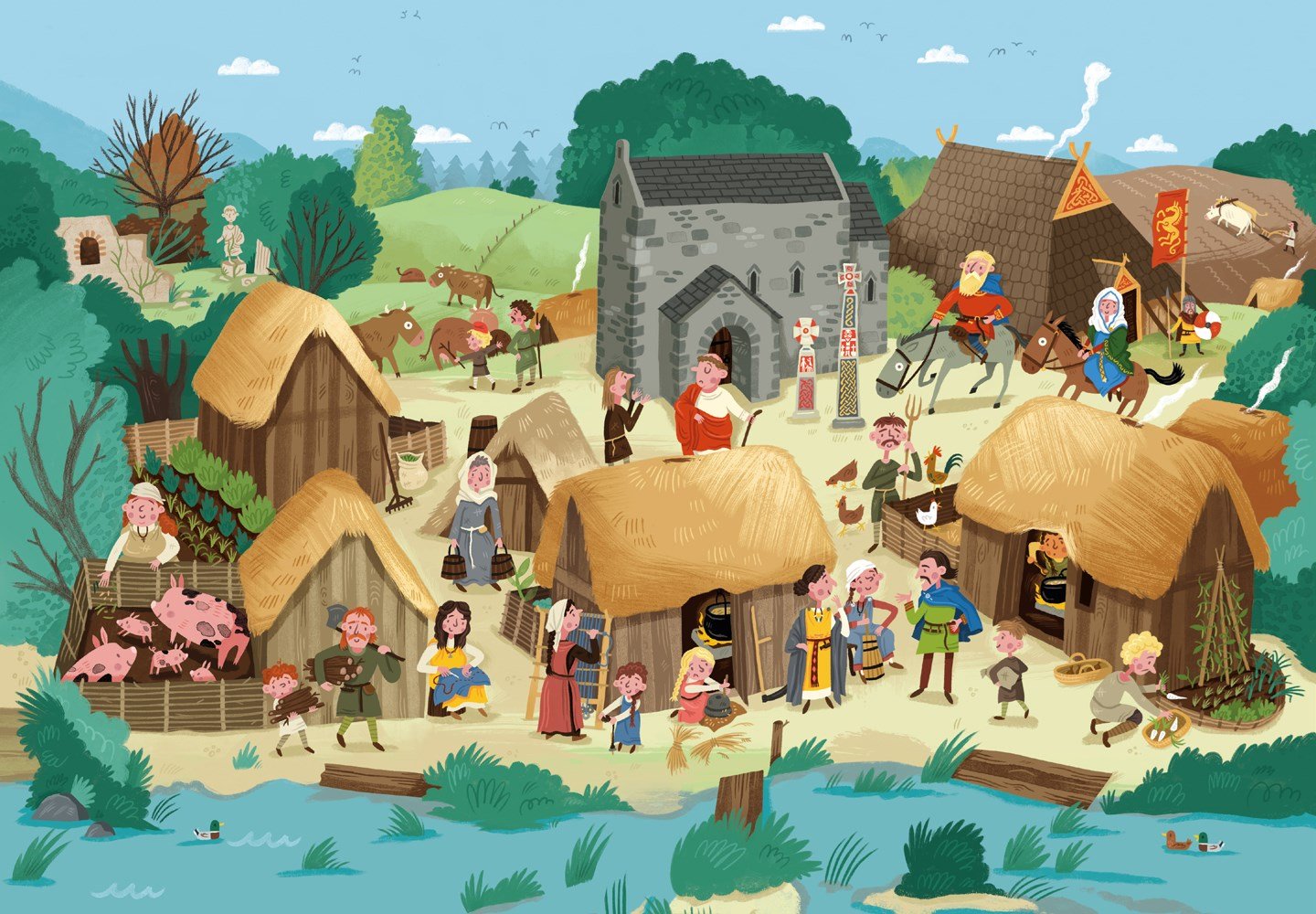

Here are some of the questions the children will be investigating in our history/theme topic - The Anglo-Saxons, this term:
Who were the Anglo-Saxons?
Where did they live?
Why did they invade?
Anglo-Saxons - KS2 History - BBC Bitesize click the link to find out some the answers.


Alfred the Great


The children have been discussing if the methods the Anglo saxons used, to punish criminals, were effective or not. The children are acting the different punishments that were used.
![IMG_4193[1].JPG](/uploads/378/images/IMG_4193[1].JPG)
![IMG_4195[1].JPG](/uploads/378/images/IMG_4195[1].JPG)
Geography
Where does our food come from?
White Water Lillies have been finding out where our favourite foods come from.
The children will be looking for answers to these questions:
Why does the food we buy from the local supermarkets come from different locations all over the world?
Why is Fairtrade important?
What position and significance of latitude, longitude, Equator, Northern Hemisphere, Southern Hemisphere, The Tropica of Cancer and Capricorn.
Agriculture in the UK can be grouped into five main types:
- subsistence: grown just for the farmer/producer and their family;
- commercial: grown to sell – this could be small or large scale;
- organic farming: artificial fertilisers are not allowed to be used and pesticide use is severely restricted;
- free-range: animals, for the last part of the day, can roam freely outdoors;
- intensive farming: a large number of the same crop or animal are grown together.
Farming in the UK
Some parts of the United Kingdom have excellent soil for crops, while others are used for cattle, sheep, pigs, and poultry.
In the northwest of England, Wales, and Scotland, farmers keep cattle and sheep. Sheep can survive the cold winters on the hills and moors.
In the southeast of England and the lowlands of Scotland, grain, potatoes, and sugar beet are grown. Most UK cauliflowers are grown in the south-east,
Cattle Farming.
British beef breeds include:
- Hereford;
- Galloway;
- Beef Shorthorn;
- Aberdeen Angus;
- South Devon.
Some cattle are dual purpose and are farmed for both dairy and beef production.
For the next two weeks, the children will be looking at where food comes from. Plenty of discussions, research, and teamwork will be required from the children.
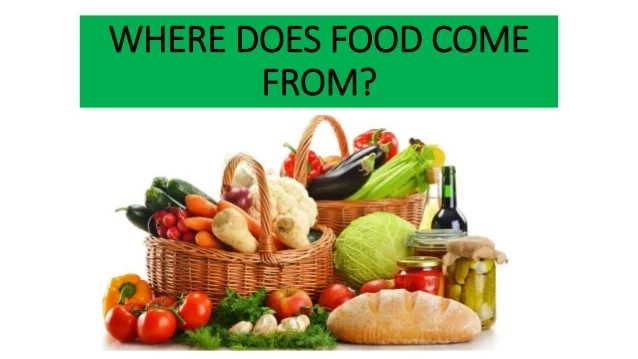
The children have been looking at local produce and international.
Below are some of our local suppliers.
Mrs Kirkham’s Lancashire Cheese Herdwick Meat
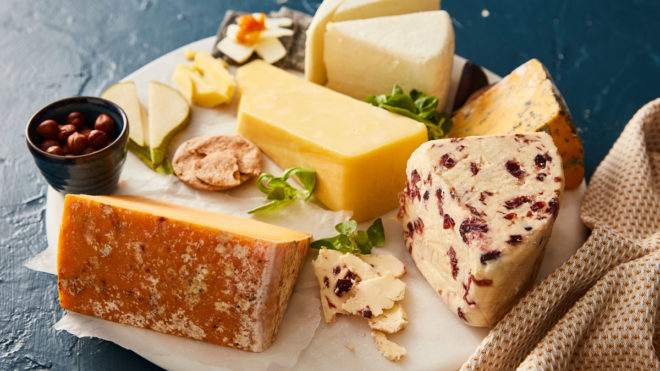
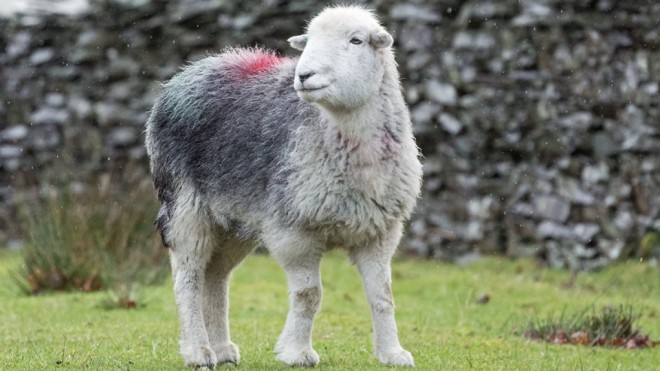
Fiddler’s Lancashire Crisps Morecambe Bay Potted Shrimps
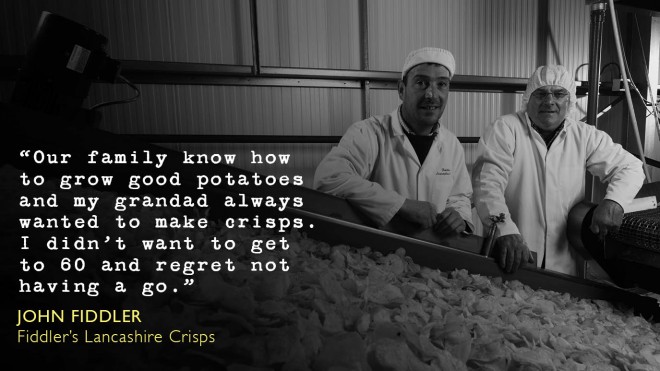
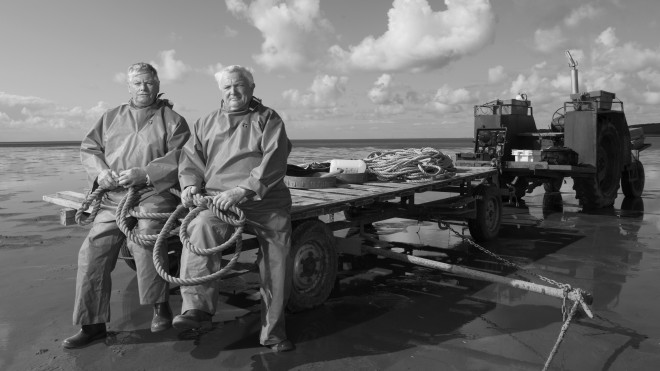
Below you can see food items that come from all over the world.

Fairtrade:
Ask your child what this logo is and I’m sure they will be able to tell you what it is and the impact of it. You can click on the image to go to the fairtrade website!
We have visited Leighton Hall where we learn't about different herbs, vegetables and fruit that can be grown in the UK. We also, planted our own garlic plants and made apple crumble on the fire, forest school style.
.JPG](/uploads/378/images/IMG_5201[1](1).JPG)
Spring 1
This term is all about Space!!!
The children are learning about the planets, the galaxy and imagining what could be out there. They are enjoying reading different science fiction books, Aquila, Cosmic and discussing how authors use of vocabulary and illistrations in books appeal to the readers.

Take a look at some of the work the children have produced so far...
![IMG_5408[1].JPG](/uploads/378/images/IMG_5408[1].JPG)
![IMG_5409[1].JPG](/uploads/378/images/IMG_5409[1].JPG)
![IMG_5410[1].JPG](/uploads/378/images/IMG_5410[1].JPG)
![IMG_5411[1].JPG](/uploads/378/images/IMG_5411[1].JPG)
![IMG_5378[1].JPG](/uploads/378/images/IMG_5378[1].JPG)
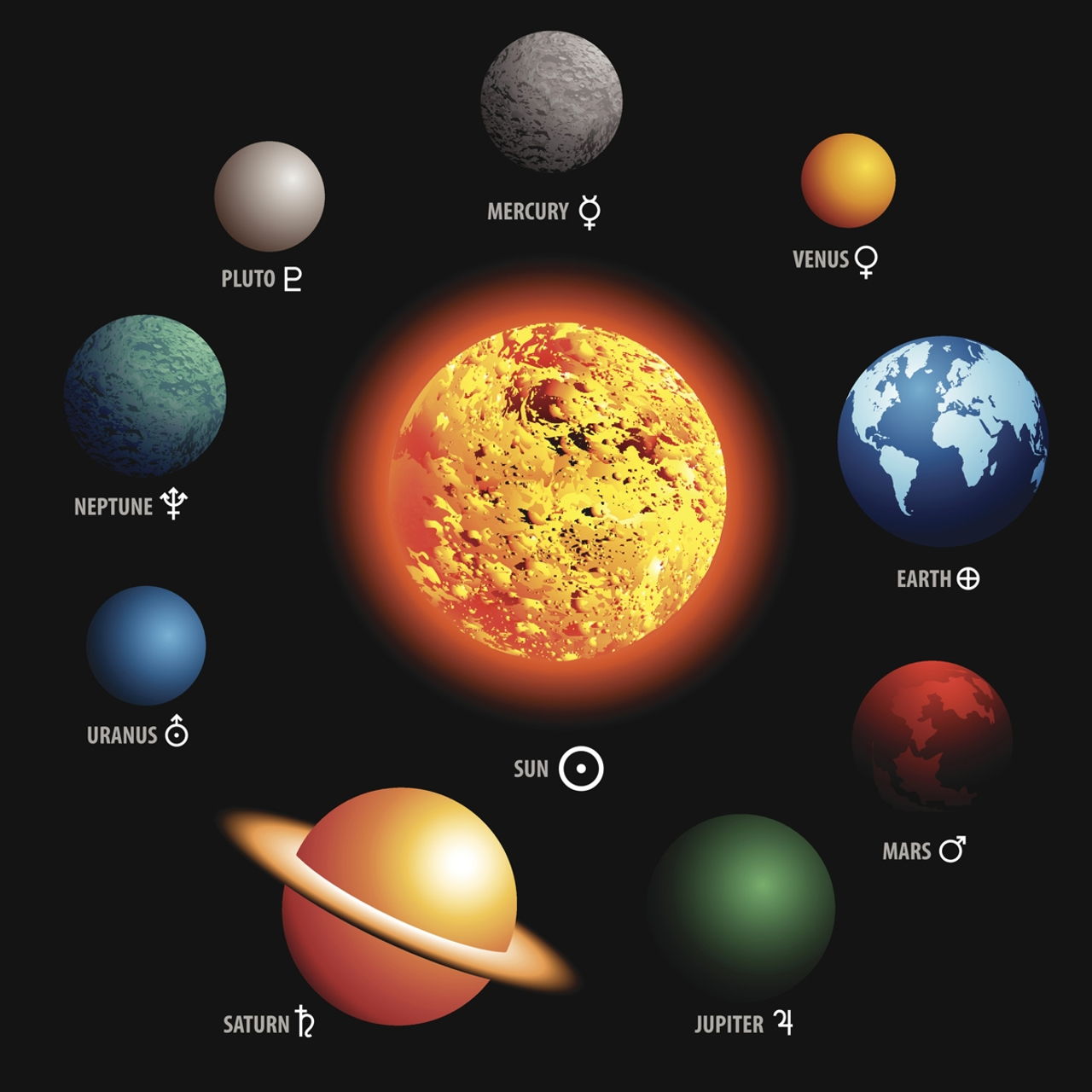
 Reedley Primary School
Reedley Primary School.JPG](/uploads/378/images/IMG_5200[1](1).JPG)

.JPG)



